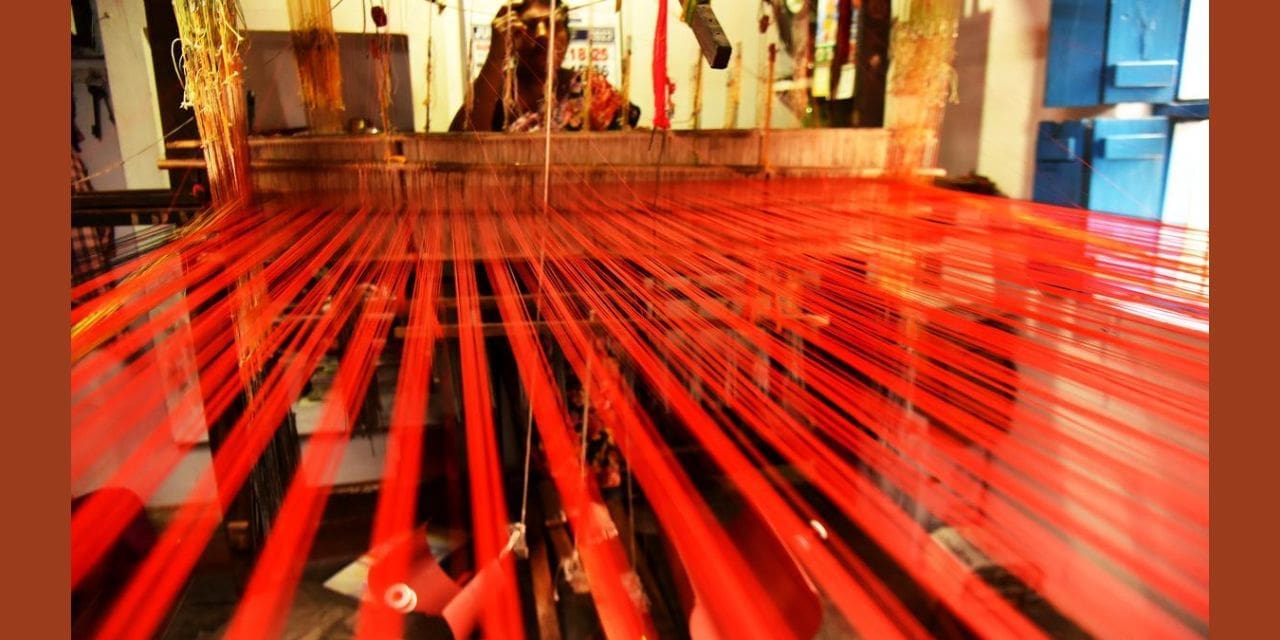Tamil Nadu’s culture and literary history has been enriched by Saurashtrians, who are well-known for their historical connection to handloom weaving. They are said to have taken refuge in southern India centuries ago after fleeing numerous invasions, including Mahmud of Ghazni’s (971–1030) assault.
A.K. Ramesh and his wife Vasumathi slowly untie the knots they had spent weeks manually tying, revealing the pattern on the coloured piece of handloom fabric. The Sungudi sari has become synonymous with Madurai’s weaving industry because its history combines with that of the Saurashtra community, much as the lovely geometric designs that appear in the negative space. It also draws attention to the connection between this formerly migrant population in southern India and its native Gujarat—a connection that has kept them anchored to weaving despite shifting cultural norms.
The community, who were originally from Saurashtra in peninsular Gujarat, are believed to have fled numerous invasions, most notably Mahmud of Ghazni (971–1030), and sought safety in southern India centuries ago. They worked primarily as silk vestment weavers for the royal families of the Vijayanagara Empire, and later, in Madurai and the surrounding areas, under the patronage of Thirumalai Nayakar. Saurashtrians are also referred to as Pattnool karargal (silk threaders) in Tamil Nadu. The majority of them are currently residing in Salem, Madurai, Thanjavur, Kumbakonam, Paramakudi, and Tiruchi.

